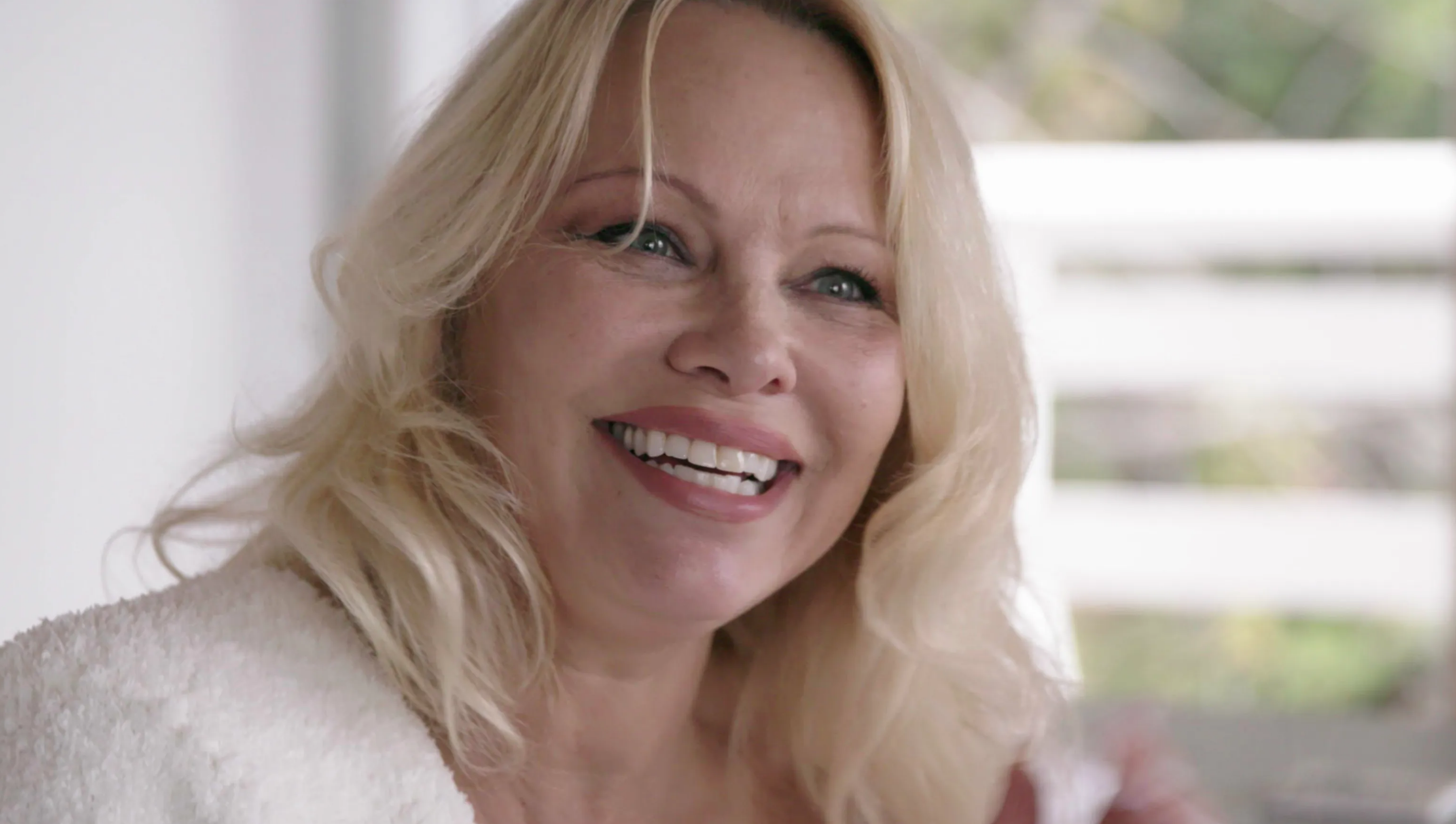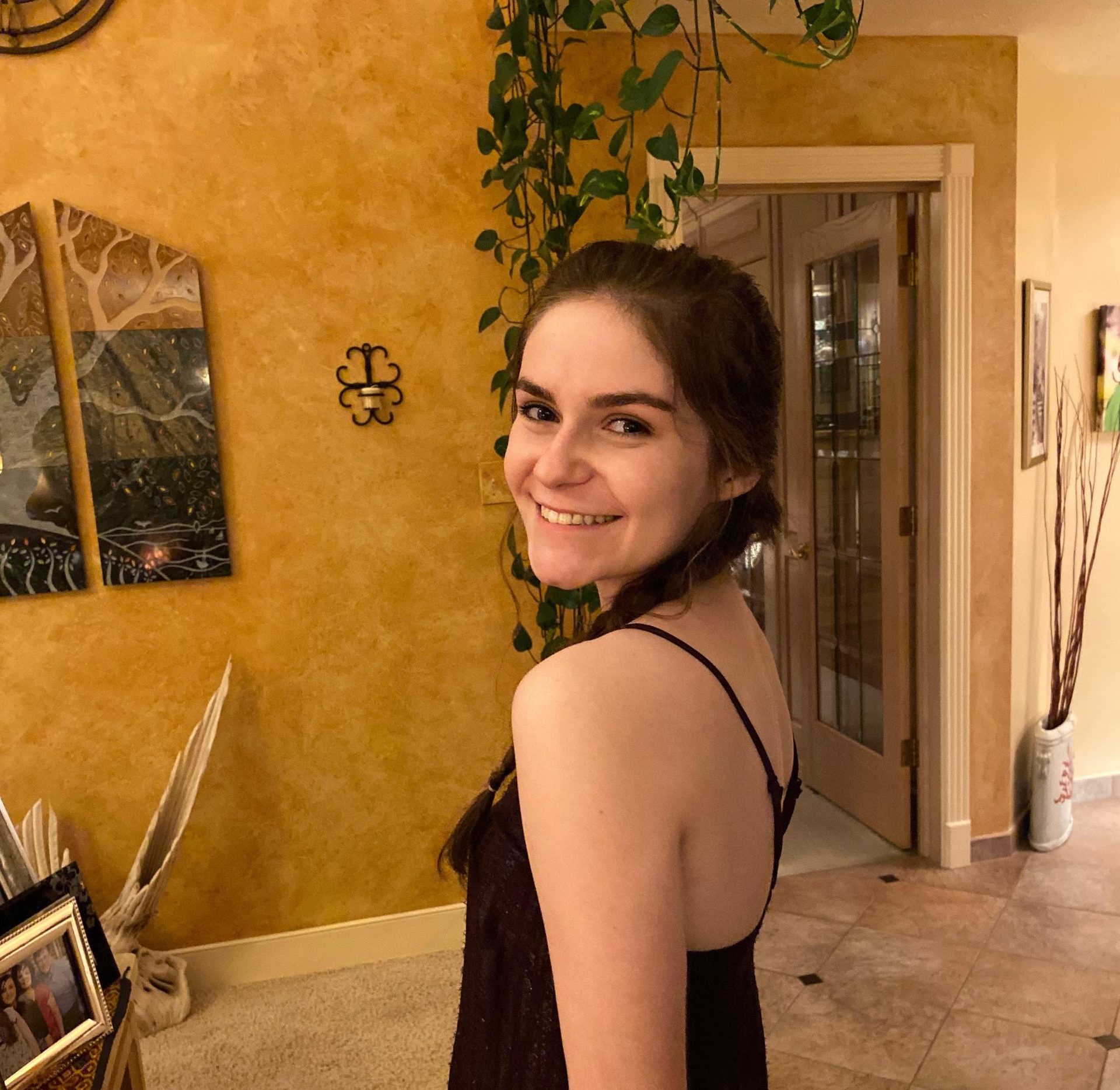Netflix released Pamela Anderson’s long-awaited documentary, “Pamela, a love story,” on Jan. 31, 2023. Years in the making, the film recounts the life and times of the retired Playboy model through her own eyes via a collection of personal tapes and home videos, as well as decades’ worth of diary entries on yellow legal pads she permits to be read aloud. The tale of Anderson’s rise to fame told by the star herself is fascinating to experience. From childhood trauma to dating bad boys to the story of that infamous tape, no territory goes untouched by Anderson. In her pursuit to tell her side of the story, she uncovers a relentless line of love and an unbridled sense of character throughout her adventurous life. In doing so, Anderson takes advantage of the present moment, believing in the idea that it is never too late to chase a dream.
Anderson begins her story from early childhood, even touching on family circumstances before her birth. She shamelessly recounts the uncertain life she had as a child, with an alcoholic father, parents who fought incessantly and multiple instances of sexual abuse from adults. Despite the narrative of victimization that seems to follow Anderson, punctuated by the 1995 theft and unsolicited release of her marital sex tape, Anderson affirms that she is not a victim at all. “I’m not the damsel in distress,” she discloses, “I put myself in crazy situations and survived them.”
Considering her childhood experiences and leaked pornography, it seems unbelievable that a woman put in Anderson’s position would proudly say the same. It’s a relatively new idea for women at the center of abuse to publically take ownership of their belligerent mistreatment with such emboldened power. Naturally, many people in the same situation would feel like the damsel in distress, as if they needed saving in their darkest moments. In tandem, someone would rarely reflect on their abuse as self-placement in dangerous scenarios.
But such ownership serves to set up the key takeaway: She survived. Here, Anderson is not taking the blame for the things done to her, but rather expressing the truth about her role in these situations. She doesn’t believe she’s innocent, but, at the same time, she’s been through quite a lot. Most importantly, she endured it and eventually made her way to an emotional recovery. Survivors can take solace in the fact that overcoming abuse and coming out resilient on the other side is its own reward. Anderson declares that no one controls her but herself. Any woman who has lived through something similar should rejoice in her own strength, just as Anderson has.
Anderson’s narration demonstrates profound compassion for herself and others in the face of great peril. Additionally, she displays who she really is, apart from how the tabloids defined her over the past few decades.
Anderson, in reality, is candid and vulnerable, coming across as genuine. Filming the entire documentary bare-faced in no makeup with her hair unstyled, Anderson emphasizes the authenticity of her words. She is unabashedly open about many facets of her life, including her breast implants, possible love addiction and innate shyness.
Despite what people may think, Anderson was always forthright. She didn’t know what else to be except honest. Time and time again, when asked about her breasts on live television interviews, Anderson would just admit that they were implants. For good reason, she didn’t see the need to lie or give the subject any more attention than simply answering and cutting it short. While it would be ideal if all women could feel as comfortable being as transparent as Anderson, she shares that she doesn’t feel that women should be asked those kinds of questions.
Anderson also, though not explicitly, grapples with love addiction. Moving from one relationship to another, it appears she just loved love. She isn’t ashamed of it, however. Instead, five marriages and many short-lived romances later, Anderson realizes that she doesn’t want to be with anyone if not the father of her children. Taking her first husband’s abuse into account, however, she chooses to live alone, unpartnered. It’s a hard decision to make, yet she bravely continues to pave her own path.
Similarly, Anderson embraced her autonomy and personhood by tackling her shyness. Before she was a Playboy model, Anderson confesses to being unbearably timid, a quality most would be skeptical of in a nude model. She explains how her modeling career freed her from her reservation; she found empowerment at the click of the camera. Anderson does not believe her moment has passed, either. Despite all she has been through, Anderson anticipates a future that goes beyond the confines of her past. “I really don’t know where I’m going to go next. I feel restless,” she concedes, “I’m looking for a feeling I can’t find.”
It appears that believing in her own possibilities went a long way. By the end of the documentary, Anderson, now in her fifties, makes her Broadway debut in “Chicago.” While the endeavor was different than anything she had ever done before, Anderson welcomed the opportunity with open arms. As she mentions early in the documentary, Anderson divulges “I always hoped something would come along where I would do something which would be more interesting to people . . . than my body.”
Perhaps Anderson had a hand in her own manifestation. She still has yet to give up on her dream of becoming a serious actress, which she managed to fulfill in the grandest way possible.
If Anderson teaches viewers anything, it’s to live life with love and authenticity. To believe in internal strength and follow dreams. While viewers learn a great deal about Anderson’s life and experiences, what they take away is greater than the sum of all the insider drama. Her certainty in herself is what allowed her to thrive in the face of instability. She’s tougher than anyone thought, including herself.


















Güzel aydınlatıcı makale için teşekkürler daha iyisi samda kayısı umarım faydalı çalışmalarınızın devamı gelir.
You’ve got a knack for simplifying complex topics, bravo!
Impressed by Conti’s far-reaching impact in the world of cinema.
Unlock the power of data with Basalt Dynamics’ expert data analytics services.